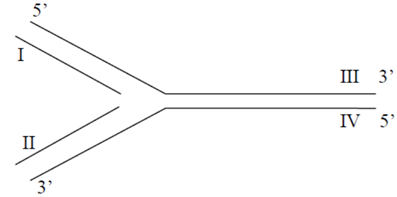TLS Online TPP Program
More Questions
TLS Online TPP Program
#Question id: 31078
#Unit 2. Cellular Organization
Which of the following activity prevents unloading of cohesins by Pds5-Wapl, thereby stabilizing the cohesins on chromosomes?
TLS Online TPP Program
#Question id: 31079
#Unit 4. Cell Communication and Cell Signaling
The second messenger, which opens calcium ion pores in endoplasmic reticulum and plasma membrane is:
TLS Online TPP Program
#Question id: 31080
#Unit 4. Cell Communication and Cell Signaling
The principal function of DAG is:
TLS Online TPP Program
#Question id: 31081
#Unit 4. Cell Communication and Cell Signaling
Which of the following enzyme converts PIP into PIP2?
TLS Online TPP Program
#Question id: 31082
#Unit 4. Cell Communication and Cell Signaling
Family of IP3-gated Ca+2 channel proteins is similar in structure to the family of voltage-sensitive Ca+2 channels that are called:
TLS Online TPP Program
#Question id: 31083
#Unit 4. Cell Communication and Cell Signaling
The rise in the cytosolic Ca2+ level is transient because:

